An interactive installation by Julijonas Urbonas invites you to become a part of cosmic architecture
28 April 2023 – 25 February 2024
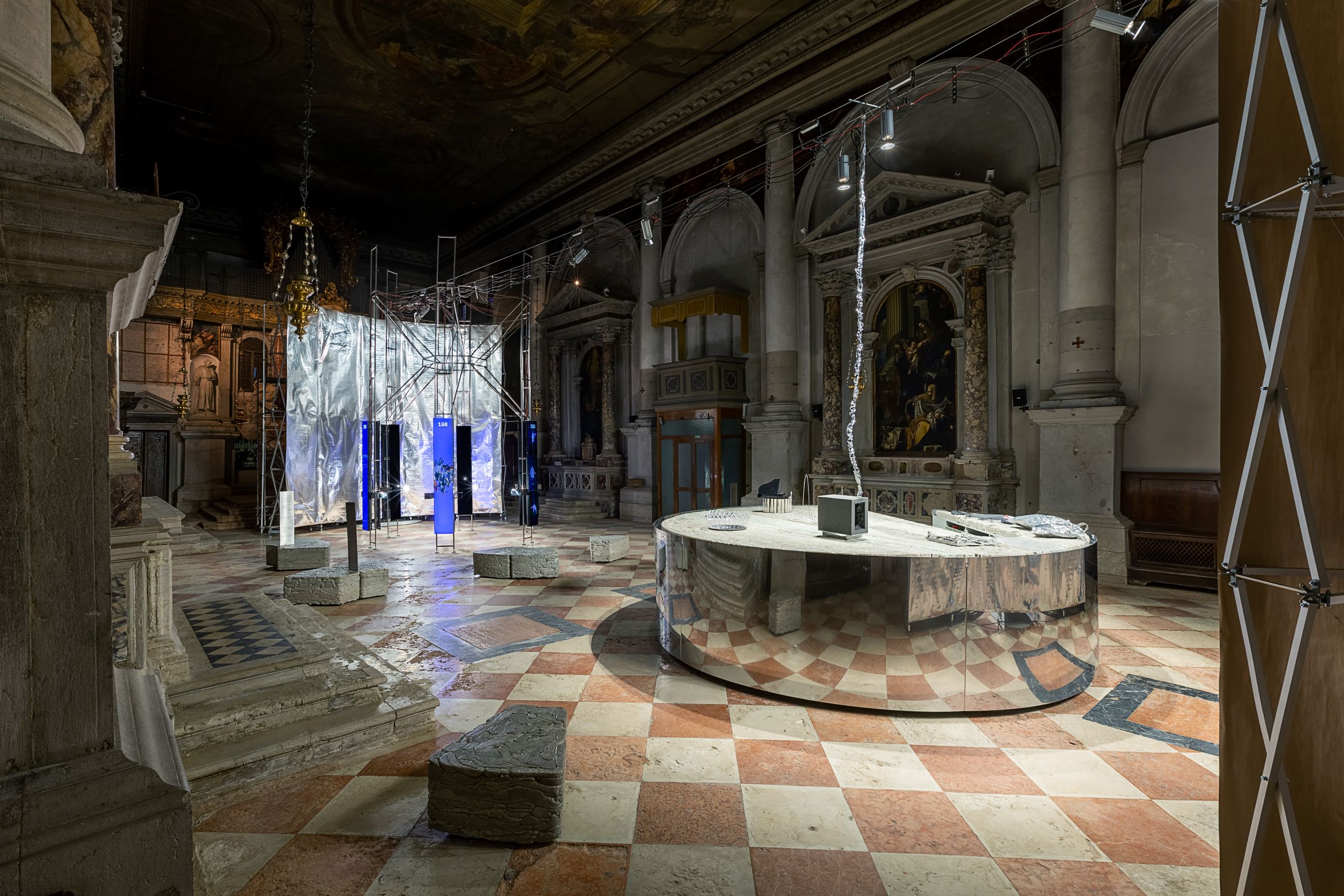
Acclaimed by international audiences at the 17th Venice Biennale of Architecture two years ago, the project Planet of People, created by artist Julijonas Urbonas, is presented in Vilnius. After representing Lithuania at the prestigious event, the work was donated to the Lithuanian National Museum of Art, which is exhibiting this interactive installation in one of its branches, the Museum of Applied Art and Design, starting with the 28th of April.
Dr. Arūnas Gelūnas, Director General of the Lithuanian National Museum of Art, says that the museum appreciates this gift, and decided to present the interactive installation to the Lithuanian public without much delay. “Our museum’s community is very happy about the opportunity to show the significant project Planet of People by Julijonas Urbonas in the spaces of the Old Arsenal. The collaboration, which began very kindly with the artist’s generous decision to donate the work presented and highly appreciated at the Venice Architecture Biennale to the museum collection, continues to develop: a team of professionals is currently working hard on installing Planet of People in one of our largest halls. I really hope that the work will soon be widely visited and evaluated by art lovers in Lithuania.”
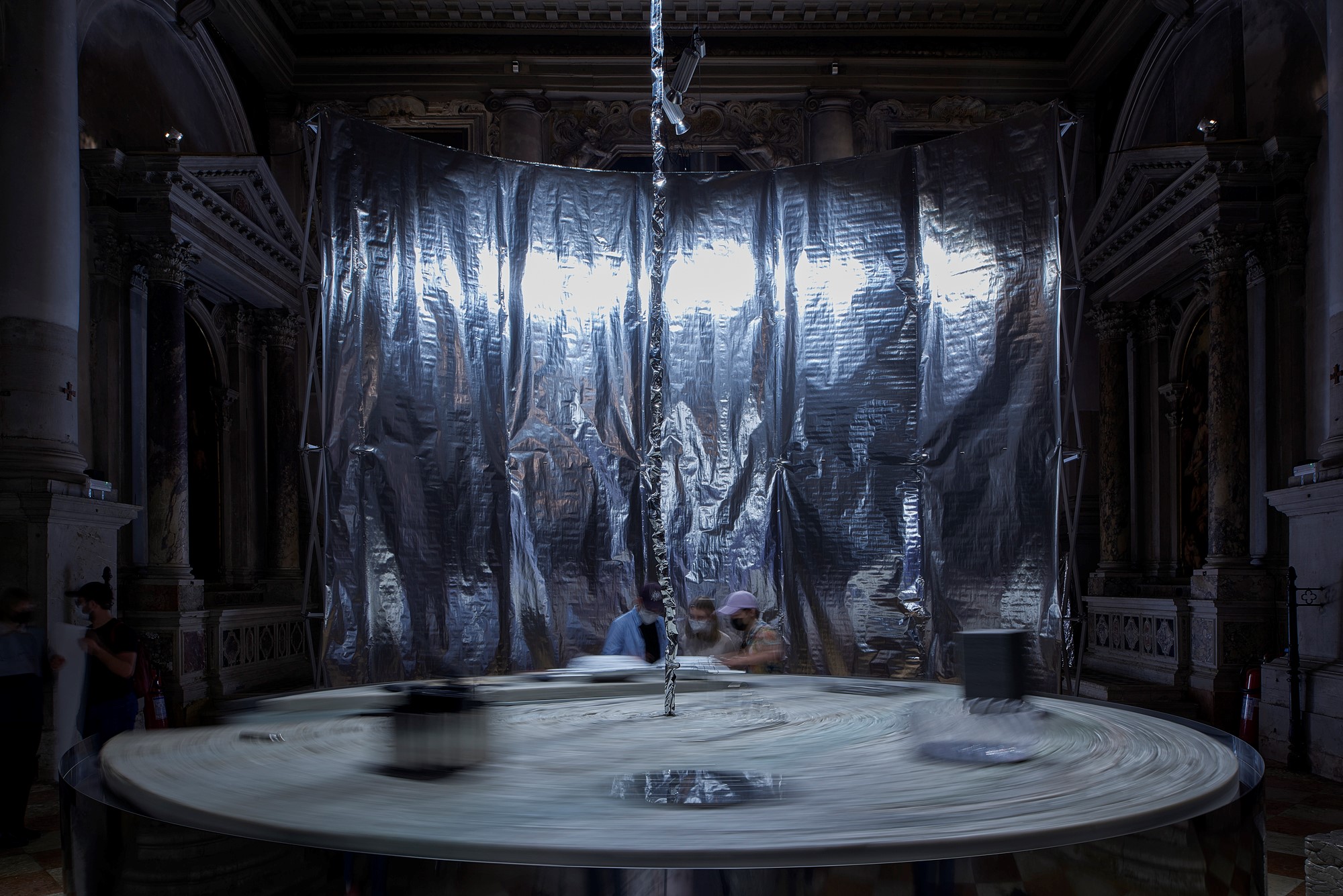
The version of the piece presented at the LNMA Museum of Applied Art and Design seeks to retain the original structure, scale, and content of the Venice display; nevertheless, there were certain challenges. A few months ago the installation, which requires a space with a high ceiling, was presented in Australia in a slightly lower scale, now it will also fit in the space of the museum in Vilnius. The central axis of the installation is an almost five-meter-high 3D scanner structure that scans human bodies and turns them into hypothetical bioarchitectural models. Visitors are invited to come into this custom-programmed device and get scanned in a choreographed pose of their choice. 3D images of the scanned bodies are transferred to an astrophysical simulation in space, while the installed screens show the forming lump and the visitors themselves as co-creators of a new cosmic body.
In this artistic-scientific possibility study, Urbonas not only explores the real possibilities of transferring our bodies to the cosmic void, where the special physical conditions would make the catapulted bodies attract each other. The artist speculates about how this astrophysical fiction would be implemented, and what its social, political, and cultural consequences could be; what earthly nature means, and where the colonization and privatization of space, its pollution and policies governing the space lead. To answer these questions and explore space culture, extraterrestrial imagination and gravitational aesthetics, in 2019 Urbonas founded the Lithuanian Space Agency (LSA).
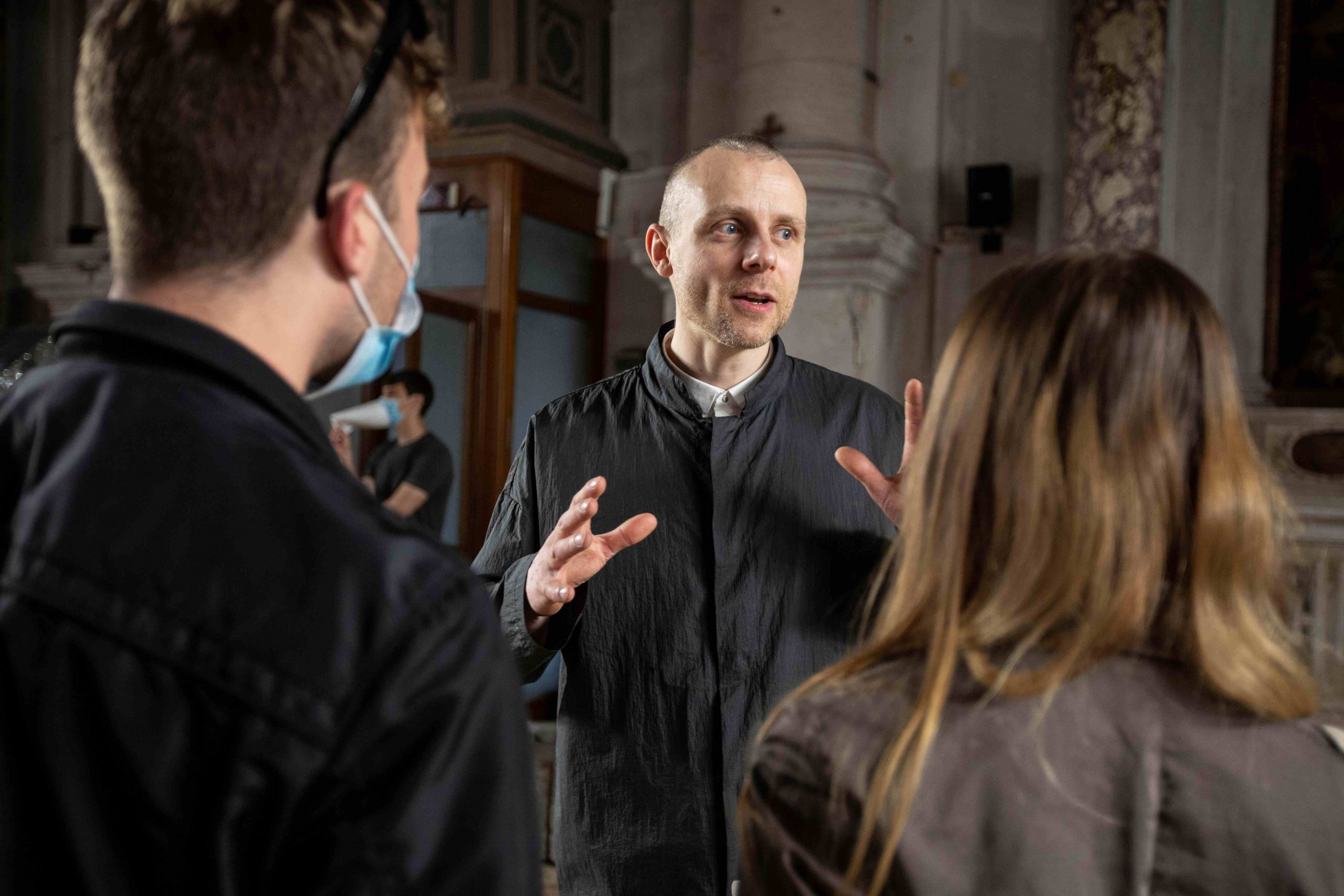
This semi-fictitious organization, which gathered an international team from different disciplines, turned the Lithuanian pavilion into a space research laboratory. In 2021, Dezeen, the world’s most popular and influential architecture, interior and design magazine, included it in the list of ten recommended pavilions to visit. At that time the hypothetical planet was formed from 67 thousand people, and at the exhibition in Melbourne from 10 thousand, while the attendance in Vilnius is expected to match these numbers.
“Seeing the choreography chosen by visitors while being scanned, we also noticed that we cannot avoid objects, despite the fact that this project is very anthropocentric. Not only clothes, umbrellas, handbags and backpacks. One person in Venice was passing by the pavilion carrying a potted flower, and decided to send it into space. Considering the fact that this time the installation is exhibited in the Museum of Applied Art and Design, it is also interesting to invite visitors to think about what objects they would take with them into space,” Julijonas Urbonas says about the new context of the exhibition.
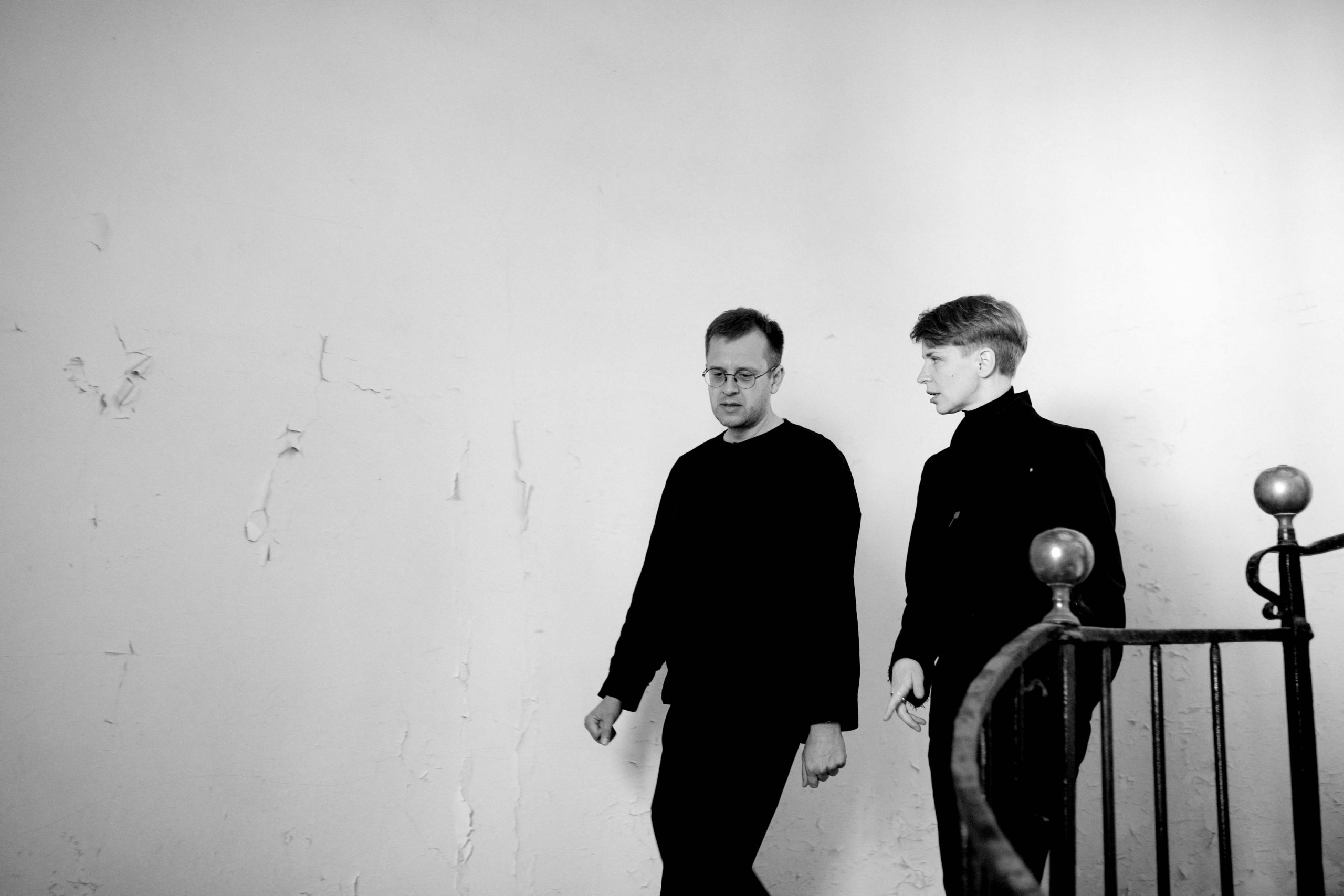
The duo of Ona Lozuraitytė and Petras Išora, who designed the spatial environment of the installation grounded by ropes and supporting structures, tried to create the impression of a portable ‘space camp’, and augment the laboratory with an elusive effect of familiar materials. The architects addressed current material urgencies and employed an unusual-looking plastic material, which has been recycled several times and is now, as part of the LSA, just in another stage of its continuous circulation. Its mass represents a critical perspective on human-made shifting geology and the stratum of material flows and traces that humans are leaving behind as a species.
The tangled structure and ironic ornamentation resembles human guts and engages in an interesting interplay with Urbonas’ Planet of People, which consists of entangled human bodies. Conceptually referring to the idea of humans as post-fossil, this sinuous material was moulded into torus-shaped sitting elements and the surface of a rotating table that contains both a reception desk and the archive of the Lithuanian Space Agency. This archive encompasses some of Urbonas’ other works or ‘prototypes’ such as Airtime, Barany Chair, Cerebral Spinner, Cumspin, Emancipation Kit, Euthanasia Coaster, Hypergravitational Piano, and Oneiric Hotel. These works and the research behind them have formed the basis of the main installation, Planet of People.
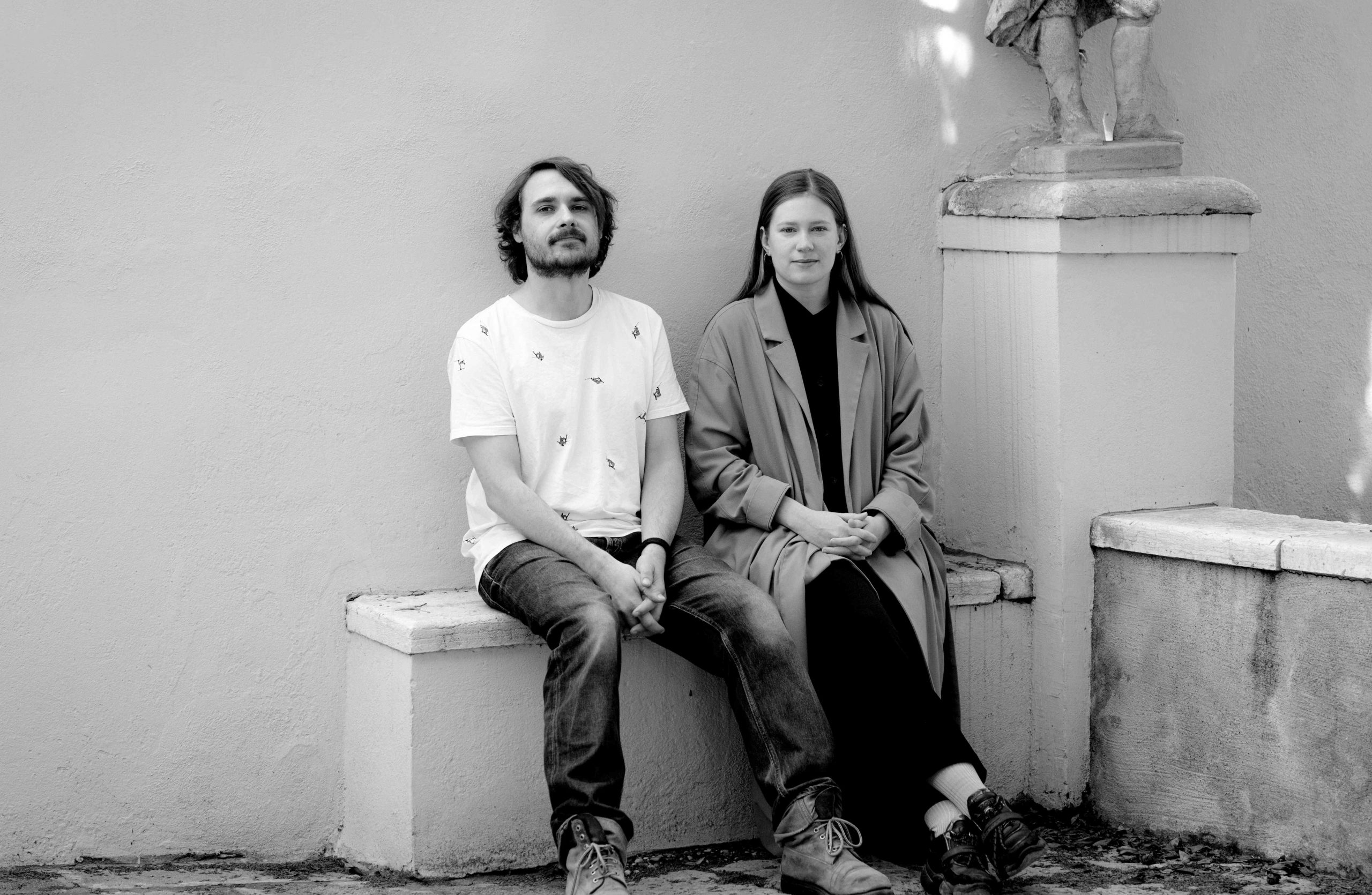
The laboratory exhibited in the space of the Museum of Applied Art and Design is bracketed by two large reflective sails with deployable structures created by the artist Vladas Suncovas, who also designed the 3D scanner rig. Visualisation of the architectural fiction was done by Studio Pointer*, an interactive media design studio run by Asya Sukhorukova and Jakob Schlötter, who also created the conceptual visual identity of Lithuanian Space Agency – a custom font based on the structure of the human skeleton.
Earlier versions or installation elements of Planet of People have been presented at the Science Gallery in Dublin and Melbourne, Museum of Contemporary Art in Shanghai, the Ujazdowski Castle Centre for Contemporary Art in Warsaw, Vartai Gallery in Vilnius, the Collective’s City Dome exhibition space in Edinburgh, and in 2021 represented Lithuania at the 17th Venice Biennale of Architecture. The pavilion was organized by Rupert centre for art, residencies and education (commissioner Julija Reklaitė, curator Jan Boelen, assistant curator Milda Batakytė).
Curator, artist Julijonas Urbonas
Architects Isora x Lozuraityte Studio for Architecture (Petras Išora and Ona Lozuraitytė)
Deployable structures designer Vladas Suncovas
Graphic designer, 3D scanner programming Studio Pointer* (Asya Sukhorukova and Jakob Schlötter)
Producer Mindaugas Reklaitis
Communication Jogintė Bučinskaitė
Printer machine programming Andrius Mikonis
Prototypes designer Paulius Vitkauskas
Partner Vilnius Academy of Arts
Media partners LRT, Mediatraffic
3A Arsenalo st, Vilnius, Lithuania
+370 5 212 1813;
+370 5 261 25 48; +370 5 262 80 80.
tddm@lndm.lt













